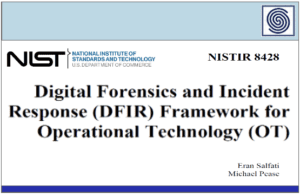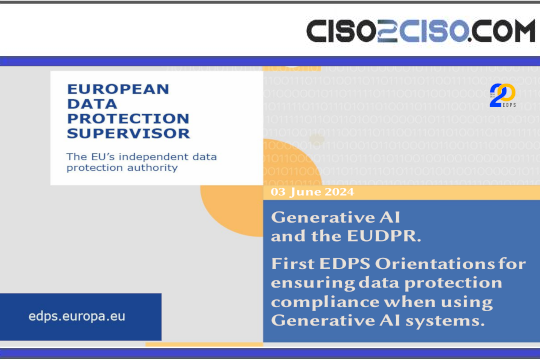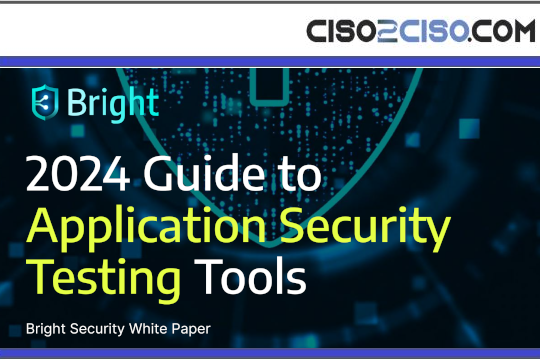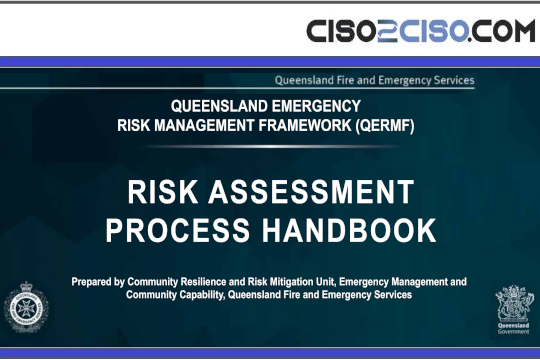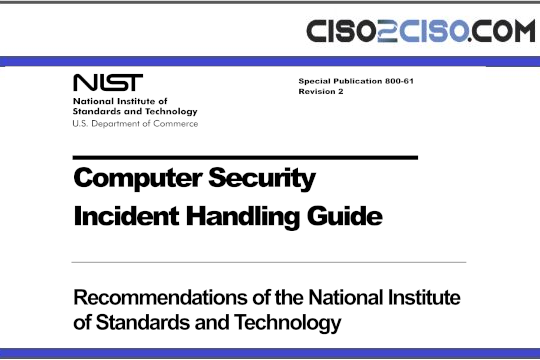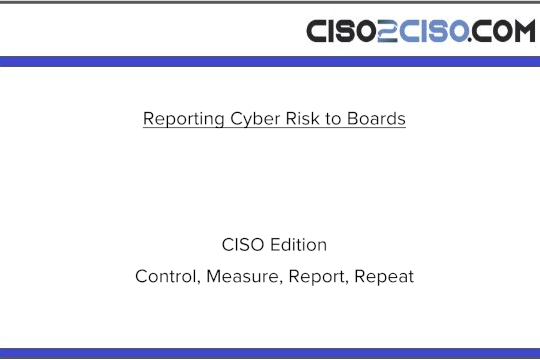Source: levelblue.com – Author: hello@alienvault.com.

It’s no revelation to say that the world of connectivity has fundamentally changed since the pandemic. What may be more eye-opening, however, is how this shift has created a cybersecurity landscape more complex than ever before. Why? As companies increasingly embrace cloud computing, remote work, and BYOD (Bring Your Device) policies, endpoint security has become a critical pillar in defending against cyber threats.
However, there is a challenge. Traditional endpoint security tools often struggle to keep up with the growing sophistication and volume of modern cyberattacks. This is where Artificial Intelligence (AI) comes into play.
By leveraging advanced algorithms and machine learning, AI can process vast amounts of data, identify patterns, and predict potential security threats with unprecedented accuracy. It marks a true revolution in cybersecurity, providing strong, proactive protection for a company’s digital assets.
Endpoint protection is no longer optional, it’s essential. The current threat landscape makes that abundantly clear. According to Statista, the endpoint security market is projected to experience a compound annual revenue growth rate of 12.93% by 2029, resulting in a market volume of USD 26.3 billion[¹].
What Is an Endpoint?
An endpoint is a remote computing device that communicates through a network to which it is connected. Typically, this refers to devices people use daily, such as desktop computers, laptops, smartphones, tablets, or Internet of Things (IoT) devices.
What Is Not an Endpoint?
Other common computing devices that are not considered endpoints are infrastructure devices. These include equipment used to manage and monitor networks, such as servers, routers, network interface controllers (NICs), switches, hubs, and modems.
AI: A Game Changer for Endpoint Security

Endpoint security aims to prevent threats from compromising the network by detecting, analyzing, and responding to potential security incidents. Key components of endpoint protection include antivirus software, firewalls, intrusion detection systems (IDS), and endpoint detection and response (EDR) solutions.
With its ability to process massive datasets at incredible speed and learn from patterns, AI is transforming how endpoints are protected. But how exactly does it do that?
Real-Time Threat Detection
AI continuously analyzes data from endpoints in real-time, identifying threats as they arise. Using machine learning models, AI can uncover anomalies and unusual behavior, flagging potential threats, even when they don’t match known attack signatures.
Behavioral Analysis
AI can be used to understand the behavior patterns of both devices and users. By establishing a baseline for what constitutes “normal” activity, AI-driven tools can quickly detect deviations that might signal a breach or unauthorized action.
For example, if an employee’s device suddenly tries to access sensitive files or communicate with an unknown IP address, an AI-powered system can immediately alert the security team and block suspicious activity.
Predictive Capabilities
One of AI’s greatest strengths lies in its predictive capabilities. Machine learning models can use historical data to forecast potential future threats. This allows companies to proactively strengthen defenses before an attack occurs. Predictive analysis also helps identify vulnerabilities within endpoints.
Automated Incident Response
AI-driven systems can automatically respond to threats they detect, dramatically reducing the time required to contain an attack. For instance, if ransomware from a malicious email is identified on a device, an AI solution can isolate the affected endpoint, stop the malicious process, and notify security teams, within seconds.
Enhanced Threat Intelligence
AI can aggregate and analyze data from multiple sources, including global threat databases and real-time attack feeds. By studying this information, AI provides actionable insights, enabling organizations to tackle emerging threats head-on.
Best Practices for Implementing AI in Endpoint Protection

Develop a Robust AI Strategy
Implementing AI effectively in endpoint protection requires a clear and strategic approach. The first step is to evaluate current protection measures and identify where AI can offer the greatest benefit. Based on this assessment, define specific goals, such as reducing false positives or improving response times.
Understanding these objectives will help allocate the necessary resources: budget, staff, and technology. Once this groundwork is laid, the next step is to initiate pilot projects that allow small-scale testing of AI solutions in controlled environments. Based on these results, a full implementation plan can be developed. Regular evaluation and adjustment of the strategy will ensure continuous performance improvement.
Ensure Data Quality and Integrity
The success of any AI system heavily depends on the quality of the data that feeds it. Therefore, it is crucial to implement techniques that guarantee data accuracy, consistency, and relevance.
Regular data cleaning and preprocessing help remove inaccuracies, duplicates, or irrelevant information. Following this, validation controls should be applied to maintain consistency and reliability.
Data anonymization is a powerful tool when working with sensitive information. It protects privacy without sacrificing the dataset’s analytical value. Lastly, ongoing audits evaluate the system’s health and ensure that data integrity is preserved over time.
Continuous Monitoring and Model Updates
To maintain the effectiveness of AI models in cybersecurity, it’s essential to have a continuous process of monitoring and updating. Start by tracking performance metrics and comparing results with predefined benchmarks. AI itself can also assist in detecting anomalies that may indicate reduced accuracy or performance.
Periodic updates allow the integration of new data and improve the model’s ability to respond to evolving threats. Additionally, employing incremental learning techniques makes it possible to enhance models without retraining them from scratch, saving both time and resources.
AI and Endpoints: Keeping Cyberthreats in Check
The convergence of AI and cybersecurity represents a technological leap, and a renewed commitment to trust, transparency, and adaptability. The synergy between advanced technologies and responsible user practices remains the cornerstone for creating safer digital environments, especially in the face of increasingly complex threats.
Endpoint security, enhanced by AI capabilities, offers businesses a smart, proactive, and resilient solution to confront potential threats. It enables real-time monitoring and swift threat identification. However, setting up such a system from the ground up can be complex and costly.
At LevelBlue, we’re here to help. Our cybersecurity experts are available around the clock to offer tailored solutions that align with your company’s goals.
References
1. Endpoint Security – Worldwide. (2025). Statista.
The content provided herein is for general informational purposes only and should not be construed as legal, regulatory, compliance, or cybersecurity advice. Organizations should consult their own legal, compliance, or cybersecurity professionals regarding specific obligations and risk management strategies. While LevelBlue’s Managed Threat Detection and Response solutions are designed to support threat detection and response at the endpoint level, they are not a substitute for comprehensive network monitoring, vulnerability management, or a full cybersecurity program.
Original Post url: https://levelblue.com/blogs/security-essentials/ai-in-endpoint-security
Category & Tags: –
Views: 2




